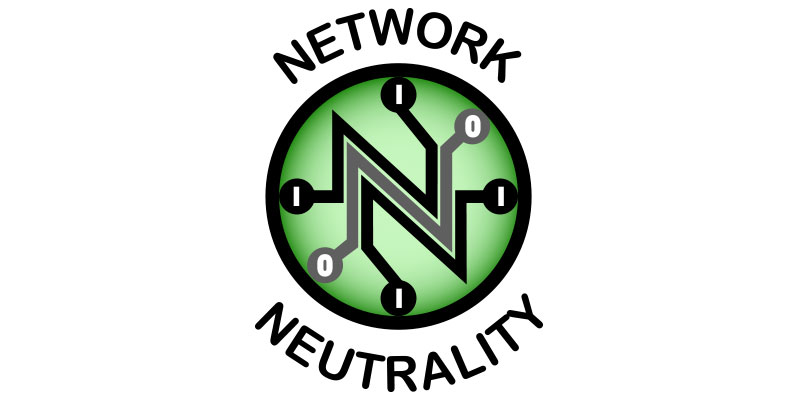
What is the story with Net Neutrality
On the surface of it, the Net Neutrality campaign is all about preventing a "two speed" internet.
The argument goes like this: all internet packets should be treated equally, or we'll end up paying multiple times to have preferential data delivered. But is it really that simple?
The original internet packet specification wasn't quite so liberal, including parameters for Precedence & Throughput. So packets were never intended to be "equal" - they could and would have to go at different speeds.
In the nineties, everyone used the public backbone to deliver packets to users. But those networks could never carry the on-demand video that YouTube and Netflix customers expect today. There just isn't the bandwidth. So these providers are forced to pay for the use of private networks.
Netflix is in fact a key player in the Net Neutrality argument. It originally bought access to Cogent's private networks but as the service grew, congestion at Comcast caused issues. So Netflix peered directly with Comcast instead. Rather than paying twice for delivery, Netflix still pays once - it just saves money over the Cogent deal. And rather than being blackmailed by Comcast, it looks like Netflix simply made a measured business decision.
So what do we learn from all this, and what's it got to do with web design? Well, we learn that maybe the net neutrality argument isn't as simple as it first appears. Sure, we all want everything as cheap as possible. Unfortunately, competitive networks may be good for the consumer, and in the delivery of great web content - as with most things - we are generally getting what we pay for. Watch this space ...